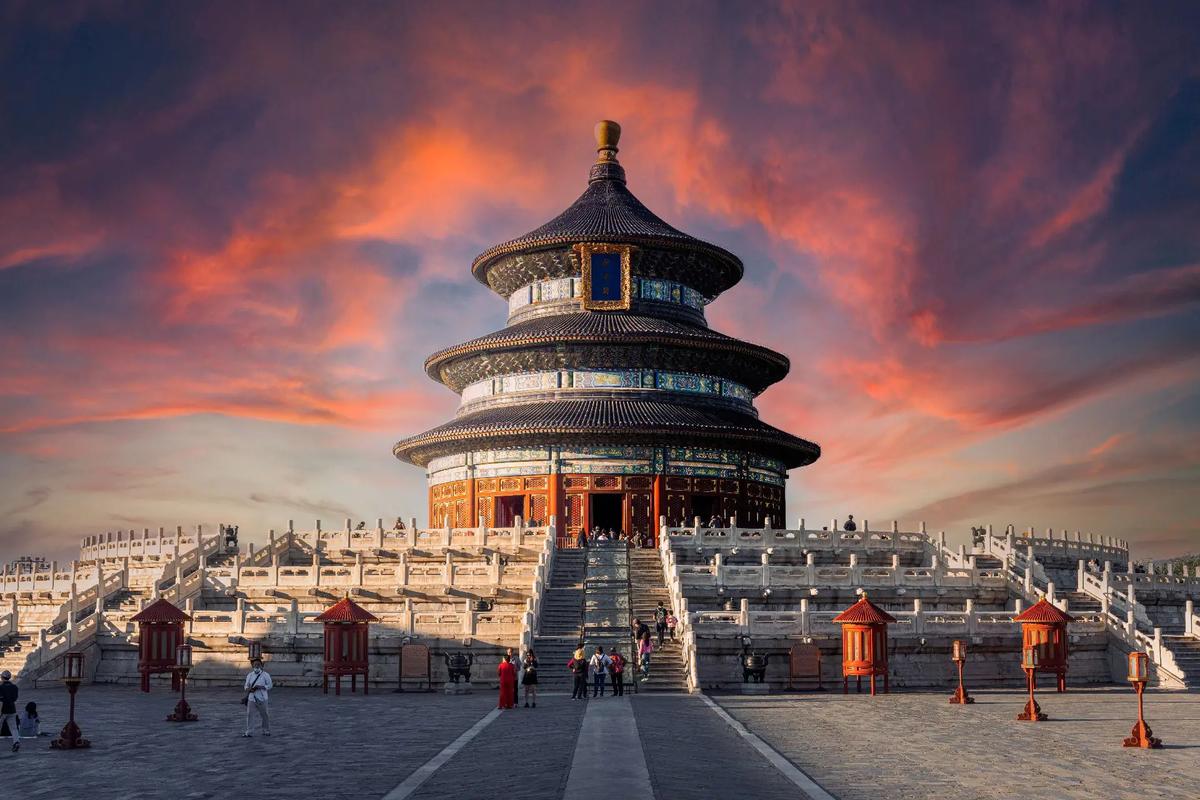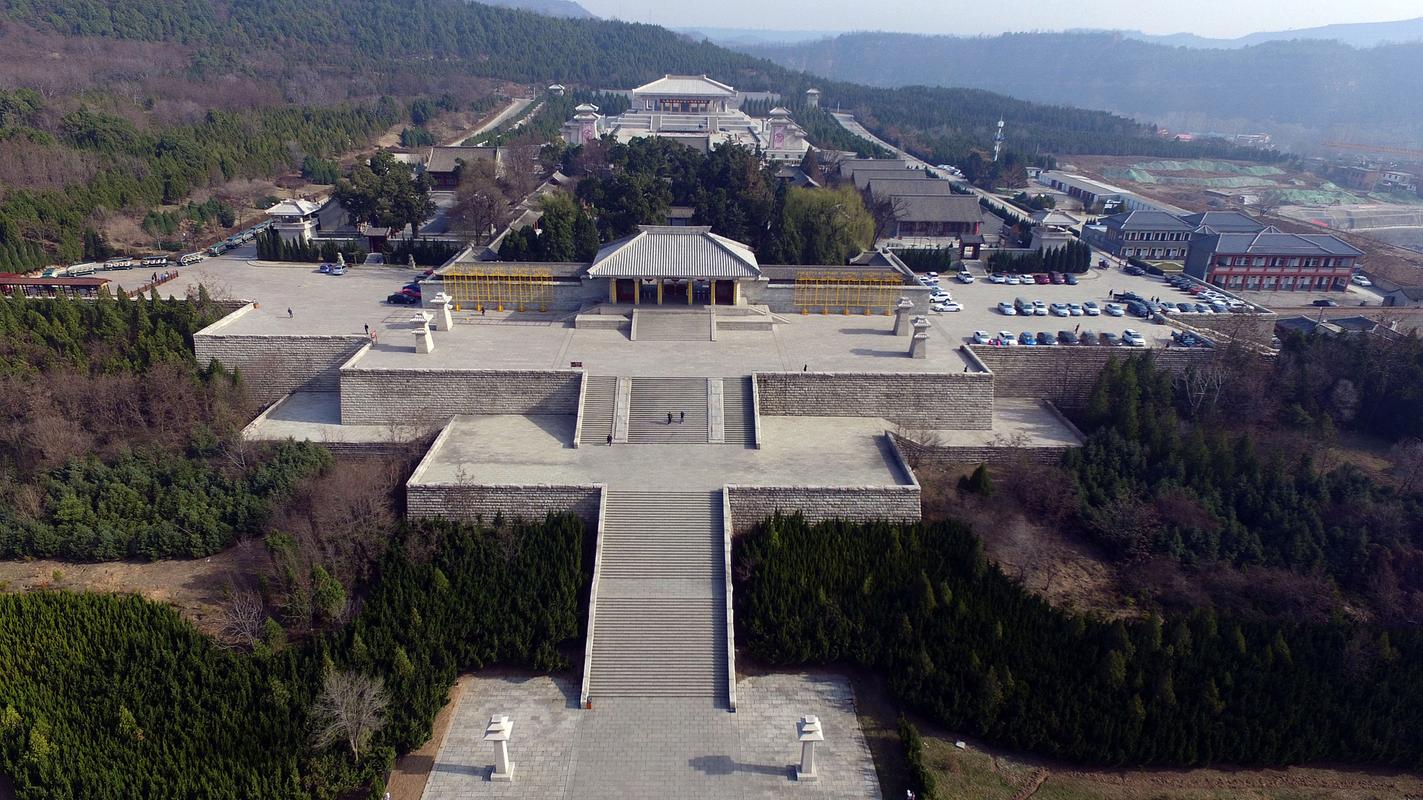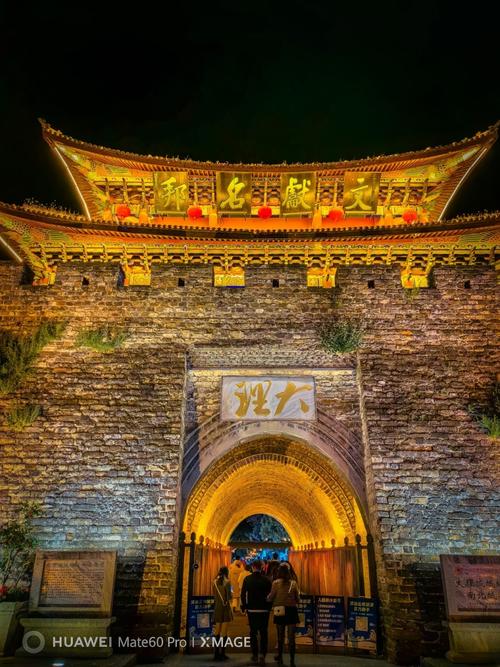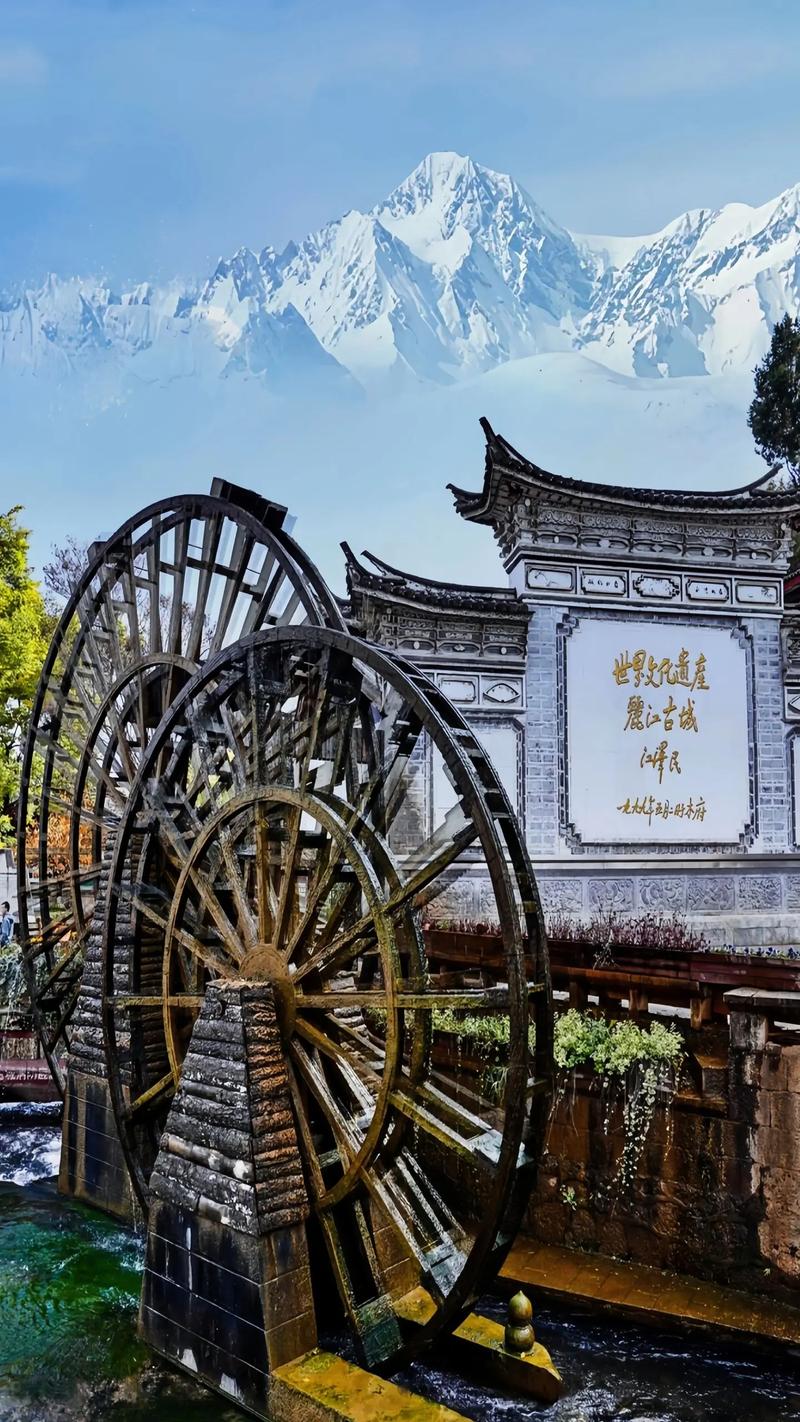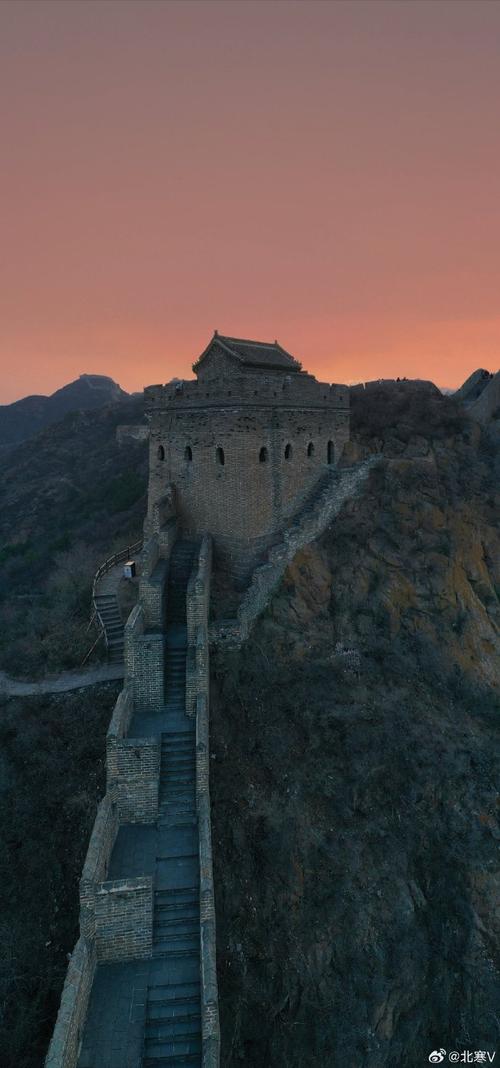
北京长城英文导游词(精选4篇)
北京长城英文导游词 篇1
The Great Wall, like the Pyramids of Egypt, the Taj Mahal(1) in India and the Hanging Garden of Babylon(2), is one of the great wonders of the world. Starting out in the east on the banks of the Yalu River in Liaoning Province, the Wall stretches westwards for 12,700 kilometers to Jiayuguan in the Gobi desert, thus known as the Ten Thousand Li Wall in China. The Wall climbs up and down, twists and turns along the ridges of the Yanshan and Yinshan Mountain Chains through five provinces-Liaoning, Hebei, Shanxi, Shaanxi, and Gansu--and two autonomous regions--Ningxia and Inner Mongolia, binding the northern China together.
Historical records trace the construction of the origin of the Wall to defensive fortification back to the year 656 B.C. during the reign of King Cheng of the States of Chu. Its construction continued throughout the Warring States period in the fifth Century B.C. when ducal states Yan, Zhao, Wei, and Qin were frequently plundered by the nomadic peoples living north of the Yinshan and Yanshan mountain ranges. Walls, then, were built separately by these ducal states to ward off such harassments.
Later in 221 B.C., when Qin conquered the other states and unified China, Emperor Qinshihuang ordered the connection of these individual walls and further extensions to form the basis of the present great wall. As a matter of fact, a separate outer wall was constructed north of the Yinshan range in the Han Dynasty(206 BC--1644 BC.), which went to ruin through years of neglect. In the many intervening centuries, succeeding dynasties rebuilt parts of the Wall. The most extensive reinforcements and renovations were carried out in the Ming Dynasty (1368--1644) when altogether 18 lengthy stretches were reinforced with bricks and rocks. it is mostly the Ming Dynasty Wall that visitors see today. The Great Wall is divided into two sections, the east and west, with Shanxi Province as the dividing line. The west part is a rammed earth construction, about 5.3 meters high on average. In the eastern part, the core of the Wall is rammed earth as well, but the outer shell is reinforced with bricks and rocks. The most imposing and best preserved sections of the Great Wall are at Badaling and Mutianyu, not far from Beijing and both are open to visitors. The Wall of those sections is 7.8 meters high and 6.5 meters wide at its base, narrowing to 5.8 meters on the ramparts, wide enough for five horses to gallop abreast. There are ramparts, embrasures, peep-holes and apertures for archers on the top, besides gutters with gargoyles to drain rain-water off the parapet walk. Two-storied watch-towers are built at approximately 400-meters internals. The top stories of the watch-tower were designed for observing enemy movements, while the first was used for storing grain, fodder, military equipment and gunpowder as well as for quartering garrison soldiers. The highest watch-tower at Badaling standing on a hill-top, is reached only after a steep climb, like "climbing a ladder to heaven". The view from the top is rewarding, hoverer. The Wall follows the contour of mountains that rise one behind the other until they finally fade and merge with distant haze. A signal system formerly existed that served to communicate military information to the dynastic capital. This consisted of beacon towers on the Wall itself and on mountain tops within sight of the Wall. At the approach of enemy troops, smoke signals gave the alarm from the beacon towers in the daytime and bonfire did this at night.
Emergency signals could be relayed to the capital from distant places within a few hour long before the invention of anything like modern communications. There stand 14 major passes (Guan, in Chinese) at places of strategic importance along the Great Wall, the most important being Shanghaiguan and Jiayuguan. Yet the most impressive one is Juyongguan, about 50 kilometers northwest of Beijing. Known as "Tian Xia Di YI Guan" (The First Pass Under Heaven), Shanghaiguan Pass is situated between two sheer cliffs forming a neck connecting north China with the northeast. It had been, therefore, a key junction contested by all strategists and many famous battles were fought here. It was the gate of Shanghaiguan that the Ming general Wu Sangui opened to the Manchu army to suppress the peasant rebellion led by Li Zicheng and so surrendered the whole Ming empire to the Manchus, leading to the foundation of the Qing Dynasty. (1644-1911) Jiayuguan Pass was not so much as the "Strategic pass Under the Heaven" as an important communication center in Chinese history. Cleft between the snow-capped Qilian Mountains and the rolling Mazong Mountains, it was on the ancient Silk Road. Zhang Qian, the first envoy of Emperor Wu Di of the Western Han dynasty (206 B.C-24 A.D), crossed it on his journey to the western regions. Later, silk flowed to the west through this pass too. The gate-tower of Jiayuguan is an attractive building of excellent workmanship. It has an inner city and an outer city, the former square in shape and surrounded by a wall 11.7 meters high and 730 meters in circumference. It has two gates, an eastern one and a western one.
On each gate sits a tower facing each other. the four corners of the wall are occupied by four watch towers, one for each. Juyongguan, a gateway to ancient Beijing from Inner Mongolia, was built in a 15-kilometer long ravine flanked by mountains. The cavalrymen of Genghis Khan swept through it in the 13th century. At the center of the pass is a white marble platform named the Cloud terrace, which was called the Crossing-Street Dagoba, since its narrow arch spanned the main street of the pass and on the top of the terrace there used to be three stone dagobas, built in the Yuan Daynasty(1206-1368). At the bottom of the terrace is a half-octagonal arch gateway, interesting for its wealth of detail: it is decorated with splendid images of Buddha and four celestial guardians carved on the walls. The vividness of their expressions is matched by the exquisite workmanship. such grandiose relics works, with several stones pieced together, are rarely seen in ancient Chinese carving. The gate jambs bear a multi-lingual Buddhist sutra, carved some 600 years ago in Sanskrit(3), Tibetan, Mongolian, Uigur(4), Han Chinese and the language of Western Xia. Undoubtedly, they are valuable to the study of Buddhism and ancient languages. As a cultural heritage, the Wall belongs not only to China but to the world. The Venice charter says: "Historical and cultural architecture not only includes the individual architectural works, but also the urban or rural environment that witnessed certain civilizations, significant social developments or historical events." The Great Wall is the largest of such historical and cultural architecture, and that is why it continues to be so attractive to people all over the world. In 1987, the Wall was listed by UNESCO as a world cultural heritage site.
Notes:1. the Taj Mahal in India 印度的泰姬陵2. the Hanging Garden of Babylon 巴比伦的空中花园3. Sanskrit 梵语4. Uigur 维吾尔语
There stand 14 major passes (Guan, in Chinese) at places of strategic importance along the Great Wall, the most important being Shanghaiguan and Jiayuguan. Yet the most impressive one is Juyongguan, about 50 kilometers northwest of Beijing.
Known as "Tian Xia Di YI Guan" (The First Pass Under Heaven), Shanghaiguan Pass is situated between two sheer cliffs forming a neck connecting north China with the northeast. It had been, therefore, a key junction contested by all strategists and many famous battles were fought here. It was the gate of Shanghaiguan that the Ming general Wu Sangui opened to the Manchu army to suppress the peasant rebellion led by Li Zicheng and so surrendered the whole Ming empire to theManchus, leading to the foundation of the Qing Dynasty. (1644-1911)
Jiayuguan Pass was not so much as the "Strategic pass Under the Heaven" as an important communication center in Chinese history. Cleft between the snow-capped Qilian Mountains and the rolling Mazong Mountains, it was on the ancient Silk Road. Zhang Qian, the first envoy of Emperor Wu Di of the Western Han dynasty (206 B.C-24 A.D), crossed it on his journey to the western regions. Later, silk flowed to the west through this pass too. The gate-tower of Jiayuguan is an attractive building of excellent workmanship. It has an inner city and an outer city, the former square in shape and surrounded by a wall 11.7 meters high and 730 meters in circumference. It has two gates, an eastern one and a western one. On each gate sits a tower facing each other. the four corners of the wall are occupied by four watch towers, one for each.
Juyongguan, a gateway to ancient Beijing from Inner Mongolia, was built in a 15-kilometer long ravine flanked by mountains. The cavalrymen of Genghis Khan swept through it in the 13th century. At the center of the pass is a white marble platform named the Cloud terrace, which was called the Crossing-Street Dagoba, since its narrow arch spanned the main street of the pass and on the top of the terrace there used to be three stone dagobas, built in the Yuan Daynasty(1206-1368). At the bottom of the terrace is a half-octagonal arch gateway, interesting for its wealth of detail: it is decorated with splendid images of Buddha and four celestial guardians carved on the walls. The vividness of their expressions is matched by the exquisite workmanship. such grandiose relics works, with several stones pieced together, are rarely seen in ancient Chinese carving. The gate jambs bear a multi-lingual Buddhist sutra, carved some 600 years ago in Sanskrit(3), Tibetan, Mongolian, Uigur(4), Han Chinese and the language of Western Xia. Undoubtedly, they are valuable to the study of Buddhism and ancient languages.
As a cultural heritage, the Wall belongs not only to China but to the world. The Venice charter says: "Historical and cultural architecture not only includes the individual architectural works, but also the urban or rural environment that witnessed certain civilizations, significant social developments or historical events." The Great Wall is the largest of such historical and cultural architecture, and that is why it continues to be so attractive to people all over the world. In 1987, the Wall was listed by UNESCO as a world cultural heritage site.
北京长城英文导游词 篇2
Good morning,everyone!It's my honor to be your guide today.Now we are going to visit the Great Wall.
The Great Wall,symbolizing China's ancient civilization,is one of the most famous,grand and splendid ancient construction wonders in the world.It is just like a giant dragon starting from Yalu River and crossing high mountains,deserts and grassland to the Pamirs Plateau,the roof of the world from east to west in the northern part of China.
For many centruries,the Great Wall,as a military gigantic defensive project kept out the invading troops of the northern nomadic tribes.Now,the Graet Wall has become a famous historical senic spot for tourists,and it liays a role in bridging the friendship between the Chinese people and peoples in different parts of the world.
The Great Wall first began in the seventh century BC.At that time,it was called Spring and Autumn Period.The first section of wall,that appeared in China,was built by Kingdom Qi and Kingdom Chu.They had a high wall which was called "square wall" or "square city",built surrounding thier own territories to deffend the attacks of their neighbouring enemy.So it was also known as the Qi Wall or the Chu Wall.During the Warring State Period,seven states named Qi,Chu,Yan,Zhao,Han ,Wei and Qin bacame the most powerful states.In order to defend themselves against the refringing enemy from the neighbouring states,all the kigdoms had high walla built around their own territories.
In Chinese history,large-scale construction of the Great Wall was concentrated in three dynasties:Qin,Han and Ming dynasties.The section of the wall began to be called the Graet Wallin the time of Qinshihuang.He linked up the separate sections of high walls in order to ward off harrassment by the Huns,and for the use of further defensive projects.The Qin Great Wall started from Lintao,Gansu Province in the west and ended in Lioadong,Liaoning Province in the east,totally 5,000 kilometers.The Han Great Wall started from the Liaodong Peninsula in the east,and ended at the foot of the Tianshan Mountain in Xinjiang Uygur Autonomous Rigion,with a total length of 10,000 kilometers.In the Ming Dynasty,Emperor Zhuyuanzhang reconstructed the Great Wall because of the threats of the remaining forces and the ethnic tribe of “Nv Zhen".The Graet Wall could help prevent the remnent forces of the Yuan Court from harrassing and securing the northern territories.The Ming Great Wall was more than 7,000 kilometers from Yalu River in Liaoning Province in the east,to Jiayuguan Pass in Gansu Province in the west.It passes nine cities,provinces and autonomous regions of Liaoning,Hebei,Tianjin,Beijing,Shanxi,Inner Mongolia,Shaanxi,Ningxia and Gansu.
The most important two sections in Beijing were the Great Wall at Juyongguan and Badaling.Juyongguan Pass is located at 50 kilometers northJwest of downtown Beijing,The mountains flanking the valley have many graceful peaks and it used to one of the famous "Eight Views of Yanjing".
Juyongguan was built in a mountain gap between mountain peaks with only one road leading to the capital Beijing,which determined it's military signifacance in ancient times through many dynasties and it has been consistently valuable to military strategists. The name "Juyong" means "a place of poor laborers".In order to commemorate the dead people,the Great Wall wass built here,we call it "Juyongguan Pass".There is an ancient marblr platform here known as "Cloud Terrace".It was built during the Yuan Dynasty and used as "the Crossing Road Pagoda".The Cloud Terrace is 9.5 meters high,26.8meters from east to west,17.6meters from north to south at the base.Inside the arched passage of Cloud Terrace,there are carved in relief Buddist images on the wall,such as the Rour Heavenly Kings,the Buddha of Ten Directions and 1,000 Buddha Statues.There are also Buddha scriptures inscribed on the stone wall in the Sanskrit,Tibetan,Basiba,Xixia,Uyger and Han languages.They offer us wonderful examples of their exquisite workmanship and vividness in carving.Tey are extremely valuable to study the Buddhism and ancient languages.
The Badaling Great Wall is about 75 kilometers northwest of Beijing,and it is the best preserved partof the Great Wall."Bada" means "convenient transportation to all directions".From here,people can go all directions;hence the name "Badaling".Badaling Pass was an outpost of Juyongguan Pass.The wall here rose high on the mountain ridge.It used to be more important than Juyongguan Pass in the defence of Beijing.An old saying can be the best description:"It needs only one man to block ten thousand troops".
Nxet,I'll say something about the main force of the constrction work.It was composed of soiders,criminals and the local laborers.At that time,the common transportation method was to carry the building materials by backbreaking labor.So it is a difficult and long process.
The Badaling section is about 12 kilometers long with 24 watchtowers and 4 wall platforms.there are 4 characters inscribed on the eastern pass of Badaling:"Juyongwaizhen" which means there was another strategic town outside the Juyongguan Pass.The western pas was carved "Beimensuoyue" which means ”a key to the north gate",describing that Badaling Pass was just like a lock on the gate of Beijing.If thegate was unlocked by a key,Beijing would be open.In order to make warning signals,Beacon Towers were built on both sides of the wallat the connanding points,which were at the top of the mountains or the twists and turns.Whenever the enemy was sighted,fires were lit on the top of Beacon Tower at night,and smoke was made during the daytime,There were also Watch Towers built here,which for watching over the invading enemy.
Well,that's all for my presentation.Thank you for your attention.I'm looking forward to your next visit.Thank you!
北京长城英文导游词 篇3
Dear visitors,
It seems that everyone is very energetic. Today we are going to visit the Great Wall. Please be prepared. The Great Wall is the longest building in our country and the most famous building in our country. It has a length of over 13,000 miles. We often call it the Great Wall
First we came to the foot of the Great Wall, and you see that the Great Wall is so big and strong that it is made of huge stones and bricks. The top of the wall was paved with square bricks, very flat, like a wide road, and five or six horses in parallel.
Did you see a hole like a tooth, a small square, a fortress? Let me tell you what these three things are for? That hole like a tooth! It's called the eye opening, and I think you'll see why it's called a "guard". I'll tell you, in the war, the eighth route army uncle came to see the situation, that little square called the shot and it was used to shoot arrows. The fort was used to match the city.
Everyone is tired, are they also hungry? Can eat the food, I send you a bag for garbage, remember not to litter, let me tell you a story, is the story about the Great Wall, qin shihuang before is just fight a lot, and then he thought of the built the Great Wall, and he put all men are caught to build the Great Wall of qin, qin shi huang is afraid of the men ran away, so give tied up in the men's feet. The blood and sweat of the labouring people is the Great Wall of the Great Wall, which is not in sight until the end.
北京长城英文导游词 篇4
Dear visitors,
Our car is driving on the badaling expressway, will soon enter the visit badaling scenic spot. In front of the mountain is JunDouShan, badaling Great Wall are gathered in this mountain. In the spring and autumn period and the warring states period, our country began to build the Great Wall, ancient people at that time, hegemony between feudal lords to protect their territory is not violated, so at the boundaries of the respective have built the Great Wall, the Great Wall is called mutual defense. Badaling Great Wall is a prominent representative of the Ming Great Wall, because it is convenient, therefore, become the badaling. You might ask, why want to speak to the Great Wall built in here? In fact this is mainly because the badaling area important geographical location. It not only guarding the Ming tomb, and was the capital of the northwest gate.
Badaling Great Wall is the testimony of many important events in history, and the queen mother XunXing shaw, for example, yuan MAO immigration, empress dowager cixi fled, and so on, the badaling is after all. Here, have a story to tell everyone: located in the east side of the road GuanCheng, a boulder, legend has it that in 1900 the g8 forces invaded Beijing, empress dowager cixi fled en route in the west after here, the city once stood looking back on the stone, so the stone is also called wangjing stone. But now the stone has a less prominent.
There's a phrase we must know: not a true man unless he comes to the Great Wall. Just so many landscape are introduced, and you must be eager to come to visit, don't try so hard, you will immediately become a hero. Well, here is the famous badaling Great Wall in the distance is the magnificent scenery, and look down is the important component of the Great Wall WengCheng, he usually built on terrain dangerous traffic arteries. WengCheng are 63.9 meters between the two door, Simon plaque: the key to the north gate, I have spoken in front. The east gate of the plaques is: the house outside the town, mean another town outside juyongguan. Now we look to the right down, it's on the south side of deng where displays a cannon, called: compared to general. Is made in chongzhen years.

